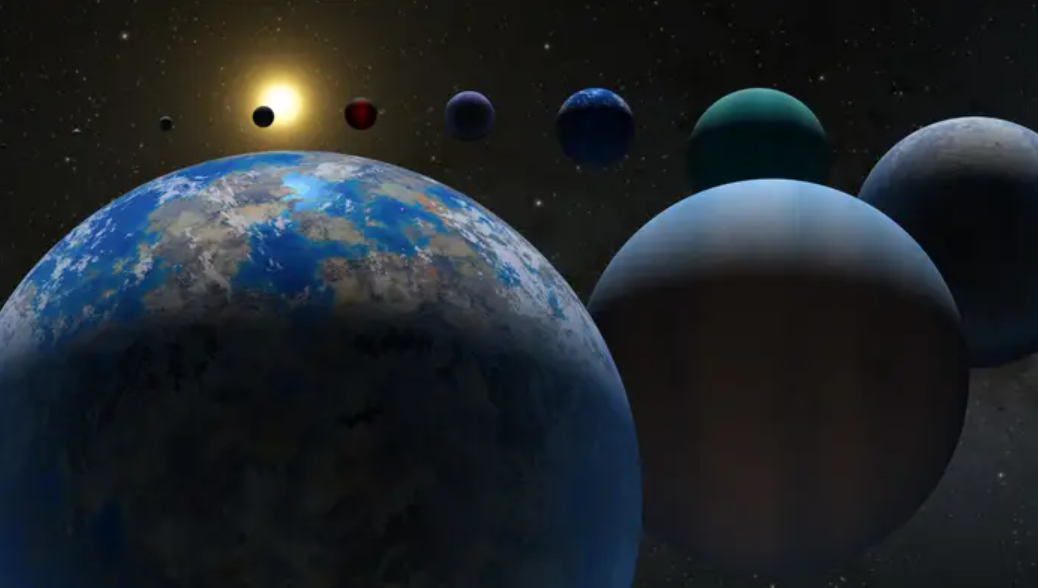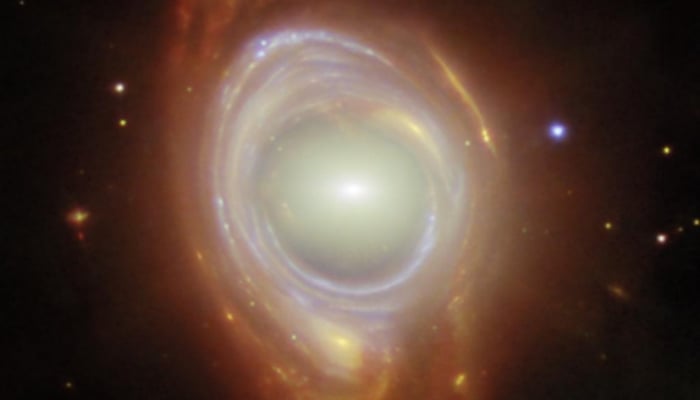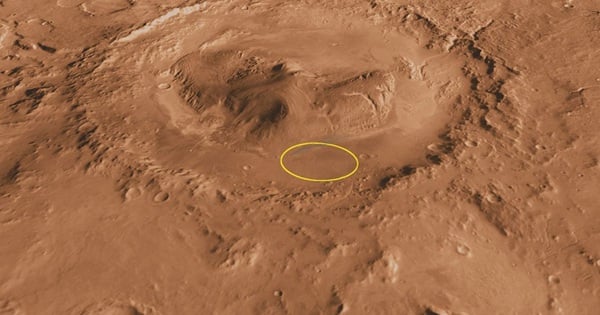Scientists from the National Aeronautics and Space Administration (NASA) believe that some planets in the universe are shrinking because their cores are emitting powerful radiation that is wiping out their atmospheres.

Simulation of different planets of the solar system
Among the more than 5,000 extraterrestrial planets discovered by NASA to date, many are classified as super-Earths (up to 1.5 times larger than Earth) and many are in the near-Jupiter group, meaning they have a diameter 2 to 4 times larger than Earth.
However, scientists realized that there seemed to be no planet in between these two groups, which are 1.5 to 2 times the size of Earth.
"Exoplanet scientists have enough data to confirm that there is a gap between the two groups. Something is happening that prevents many planets from reaching or maintaining a size 1.5 to 2 times larger than Earth," said Jessie Christiansen, chief scientist of NASA's Exoplanet Data Archive at the California Institute of Technology (Caltech), according to nasa.gov .
Scientists have hypothesized that some of the near-Jupiter planets may have shrunk to the size of super-Earths.
In the latest study, the team led by Christiansen found that the near-Jupiter planets have collapsed and shrunk as their atmospheres are blown away by radiation emitted from the planet's core.
The report published in The Astronomical Journal could solve the mystery behind the disappearance of a group of planets that should have existed.




![[Photo] Overcoming all difficulties, speeding up construction progress of Hoa Binh Hydropower Plant Expansion Project](https://vstatic.vietnam.vn/vietnam/resource/IMAGE/2025/4/12/bff04b551e98484c84d74c8faa3526e0)

![[Photo] Closing of the 11th Conference of the 13th Central Committee of the Communist Party of Vietnam](https://vstatic.vietnam.vn/vietnam/resource/IMAGE/2025/4/12/114b57fe6e9b4814a5ddfacf6dfe5b7f)























































































Comment (0)